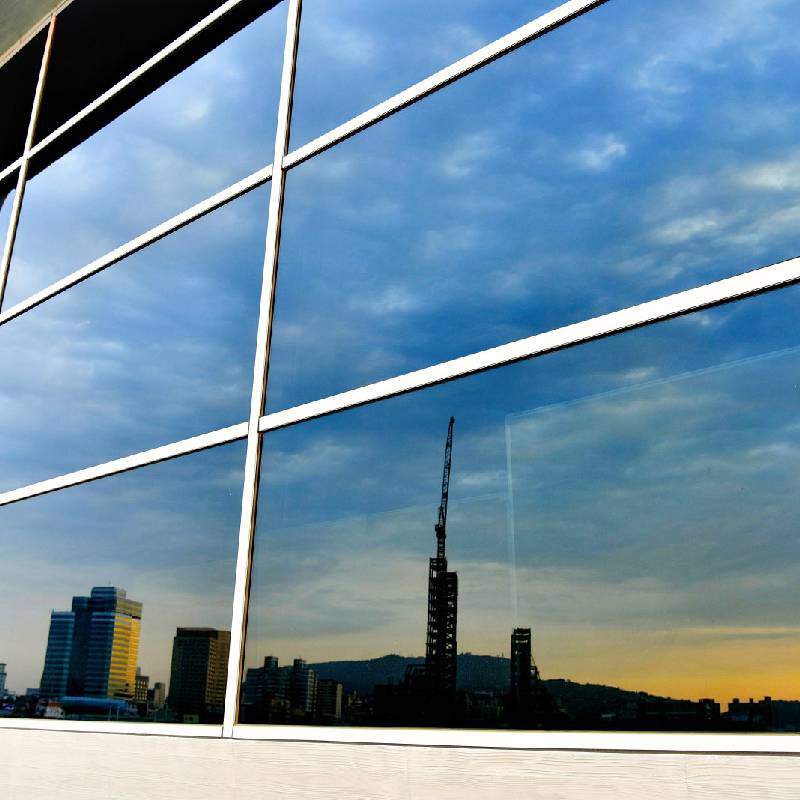

Understanding the Price of Mirror Glass Factors Influencing Costs
Mirror glass has become an integral part of modern interior design and architecture. From enhancing the aesthetics of a room to creating an illusion of space, mirror glass is favored for its versatility and functionality. However, many consumers may be puzzled when it comes to understanding the pricing of mirror glass. Several factors influence the cost, and knowing these can help you make informed decisions whether you are a homeowner, designer, or contractor.
Types of Mirror Glass
One of the primary factors that affect the price of mirror glass is its type. There are several variations available in the market
1. Standard Mirror Glass Typically made by applying a reflective coating to flat glass, standard mirrors are the most common and often the most affordable option.
2. Colored and Decorative Mirrors These mirrors incorporate pigments in their reflective coating, leading to a higher price point due to the additional material and artistic design.
3. Antique and Vintage Mirrors Mirrors that are aged or feature intricate designs are usually more expensive due to their craftsmanship and rarity.
Size and Thickness
The size of the mirror also plays a critical role in determining its price. Larger mirrors require more material, making them more expensive. In general, mirror glass can come in various standard sizes, and custom sizes will generally command a higher price. Additionally, the thickness of the glass impacts pricing thicker glass tends to be more durable and hence more costly.

Quality of Glass
The quality of mirror glass can vary substantially, with higher quality options being more expensive. Premium mirror glass has better reflective properties and less distortion, which can be crucial for specific applications, like in bathrooms or on dressing tables. Cheaper mirrors may use lower-quality glass that can warp over time, leading to a subpar visual effect.
Production and Labor Costs
Manufacturing techniques and labor costs also influence the price of mirror glass. The production process can involve complex procedures such as coating, cutting, and framing. In locations where labor costs are higher, you may expect to pay more for your mirror glass. Additionally, eco-friendly production processes, which use sustainable materials and techniques, often come with a premium.
Market Demand and Seasonal Trends
Market demand can fluctuate based on trends in home decor and commercial design. For instance, during certain seasons or times of the year, such as the holiday season, demand for decorative mirror glass may surge, affecting pricing. Seasonal sales or discounts may also play a role in what you pay for your mirror glass.
Additional Considerations
When budgeting for mirror glass, consider additional costs such as installation and maintenance. Hiring professionals for installation will incur labor costs, and if you choose specialty mirrors, you may need to budget for more intricate installation requirements. Moreover, regular maintenance can help keep your mirrors looking pristine, but it may involve additional costs for cleaning products or services.
Conclusion
In summary, the price of mirror glass is influenced by a variety of factors, including type, size, thickness, quality, production costs, and market demand. Understanding these components can empower you in your purchasing decisions, whether for a personal project or a professional endeavor. By taking the time to investigate your options, you can find mirror glass that meets your aesthetic and budgetary needs. In the world of design, the right mirror can not only enhance the beauty of your space but also offer functional benefits that make the investment worthwhile.